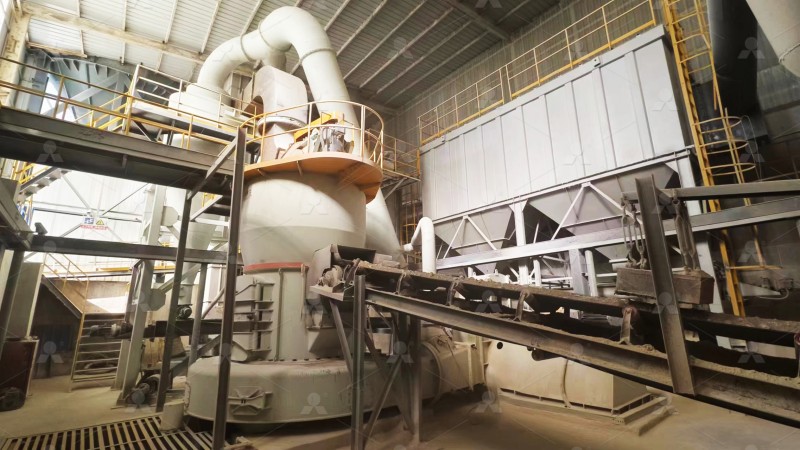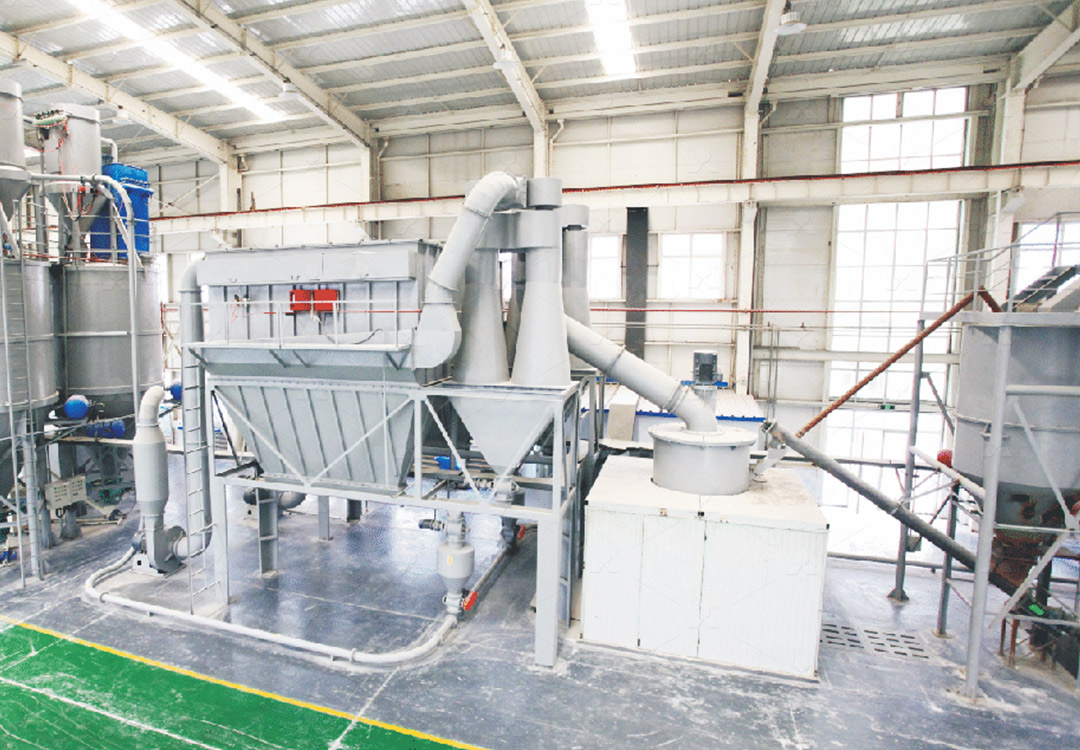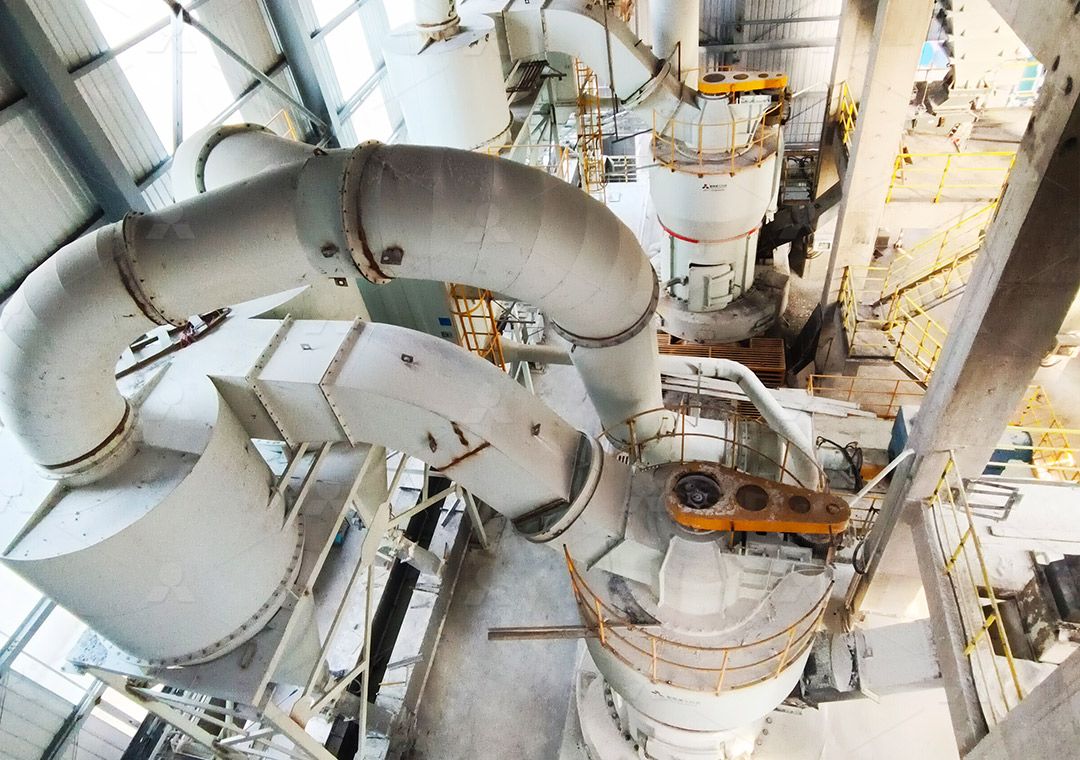Raymond Mill for Limestone: Efficient Grinding Solutions for Industrial Applications
Raymond Mill for Limestone: Efficient Grinding Solutions for Industrial Applications
Limestone stands as one of the most versatile and widely used minerals across global industries. From construction materials to chemical manufacturing, the demand for precisely ground limestone powder continues to grow. For decades, Raymond Mill technology has served as the backbone of limestone processing operations worldwide, offering reliable performance for medium-fine powder production.

Traditional Raymond Mill systems have proven their worth in countless applications, handling input sizes up to 25mm with capacities ranging from 0.6 to 5 tons per hour. These robust machines excel at producing powders for desulfurization, metallurgy, and various non-metallic mineral applications. The simple yet effective grinding mechanism—where oscillating rollers press against rings under centrifugal force—has stood the test of time.
Evolution of Grinding Technology
While conventional Raymond Mills continue to serve many operations effectively, technological advancements have pushed the boundaries of what’s possible in limestone processing. Modern industrial applications increasingly demand higher production capacities, finer particle sizes, and improved energy efficiency. This evolution has led to the development of more sophisticated grinding solutions that build upon the proven principles of Raymond Mill technology while incorporating cutting-edge innovations.
Among these advanced solutions, our MW Ultrafine Grinding Mill represents a significant leap forward. Designed for customers requiring ultra-fine powder production, this machine handles input sizes of 0-20mm with capacities ranging from 0.5 to 25 tph. What sets the MW series apart is its ability to produce powders between 325-2500 meshes while achieving remarkable energy efficiency—consuming only 30% of the energy required by jet grinding mills for comparable output.

Key Considerations for Limestone Processing
Selecting the appropriate grinding solution depends on multiple factors specific to each operation. Production requirements, desired fineness, energy consumption targets, and environmental considerations all play crucial roles in determining the optimal equipment choice. For operations prioritizing ultra-fine powder production with minimal environmental impact, the MW Ultrafine Grinding Mill offers distinct advantages.
The machine’s innovative design eliminates rolling bearings and screws within the grinding chamber, addressing common failure points that plague conventional systems. The external lubrication system enables continuous 24-hour operation without shutdowns for maintenance. Furthermore, the integrated pulse dust collector and muffler system ensure compliance with stringent environmental standards, making it an ideal choice for operations in regulated regions.
Applications Across Industries
Processed limestone finds applications across diverse sectors. In construction, it serves as a key component in cement production and as a filler material. The chemical industry utilizes limestone powder in numerous processes, while agriculture relies on it for soil conditioning. The quality and consistency of the final powder directly impact product performance in these applications, making grinding precision paramount.
For operations requiring vertical grinding solutions, our LUM Ultrafine Vertical Grinding Mill offers another sophisticated option. With an input size capacity of 0-10mm and throughput of 5-18 tph, this system integrates German powder separating technology with Taiwanese grinding roller advancements. The reversible structure simplifies maintenance, while multi-head powder separating technology enables precise control over final product specifications.

Future Trends and Sustainability
The grinding industry continues to evolve toward greater sustainability and digital integration. Modern mills increasingly incorporate automated control systems, remote monitoring capabilities, and energy recovery mechanisms. These advancements not only improve operational efficiency but also reduce the environmental footprint of limestone processing operations.
As industries worldwide embrace greener practices, the importance of selecting grinding equipment with advanced environmental features cannot be overstated. Systems with efficient dust collection, noise reduction technology, and optimized energy consumption will increasingly become the standard rather than the exception.
Frequently Asked Questions
What is the typical production capacity of a Raymond Mill for limestone processing?
Traditional Raymond Mills typically handle 0.6-5 tph, while advanced systems like the MW Ultrafine Grinding Mill can process up to 25 tph depending on material characteristics and desired fineness.
How fine can limestone powder be ground using modern grinding technology?
Advanced systems like the MW Ultrafine Grinding Mill can achieve fineness between 325-2500 meshes, with screening rates reaching d97≤5μm in a single pass.
What environmental features should I consider when selecting limestone grinding equipment?
Look for integrated pulse dust collectors, muffler systems, negative pressure operation, and energy-efficient designs that minimize both dust emissions and noise pollution while reducing overall energy consumption.
How does the MW Ultrafine Grinding Mill compare to traditional Raymond Mills in terms of energy efficiency?
The MW series demonstrates significantly improved energy efficiency, consuming only 30% of the energy required by jet grinding mills and approximately 40-50% less than traditional ball mills for comparable output.
What maintenance advantages do modern grinding systems offer?
Contemporary designs like the MW Ultrafine Grinding Mill eliminate common failure points by removing rolling bearings and screws from the grinding chamber, while external lubrication systems enable maintenance without production shutdowns.
